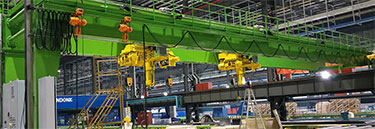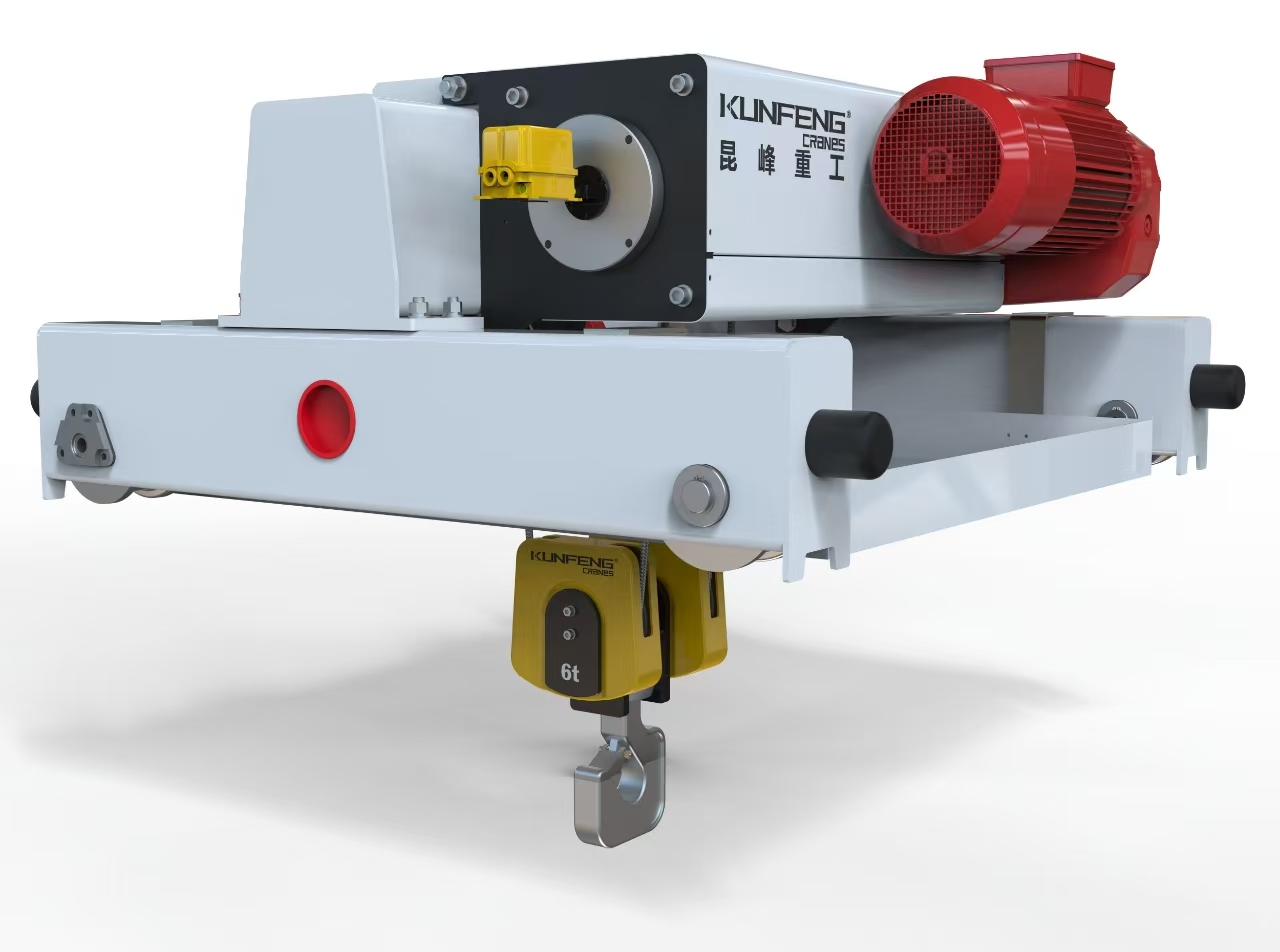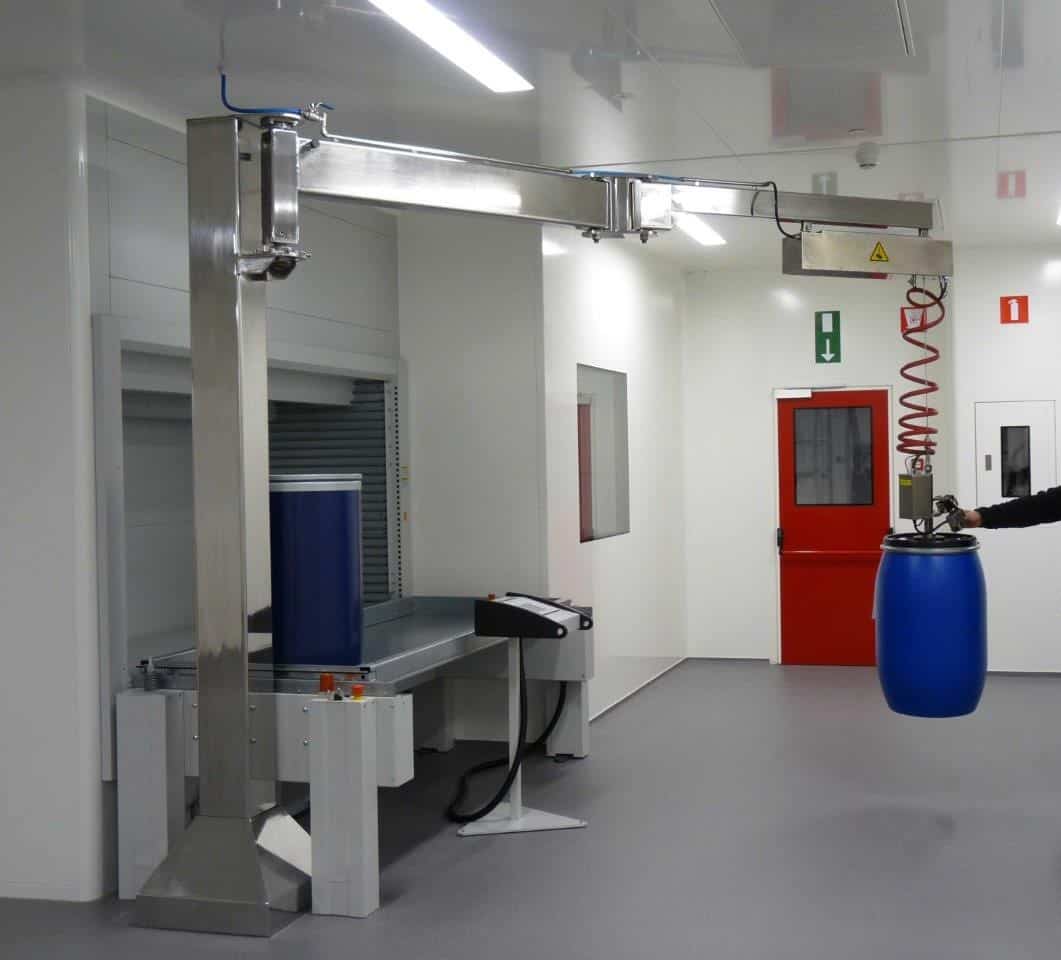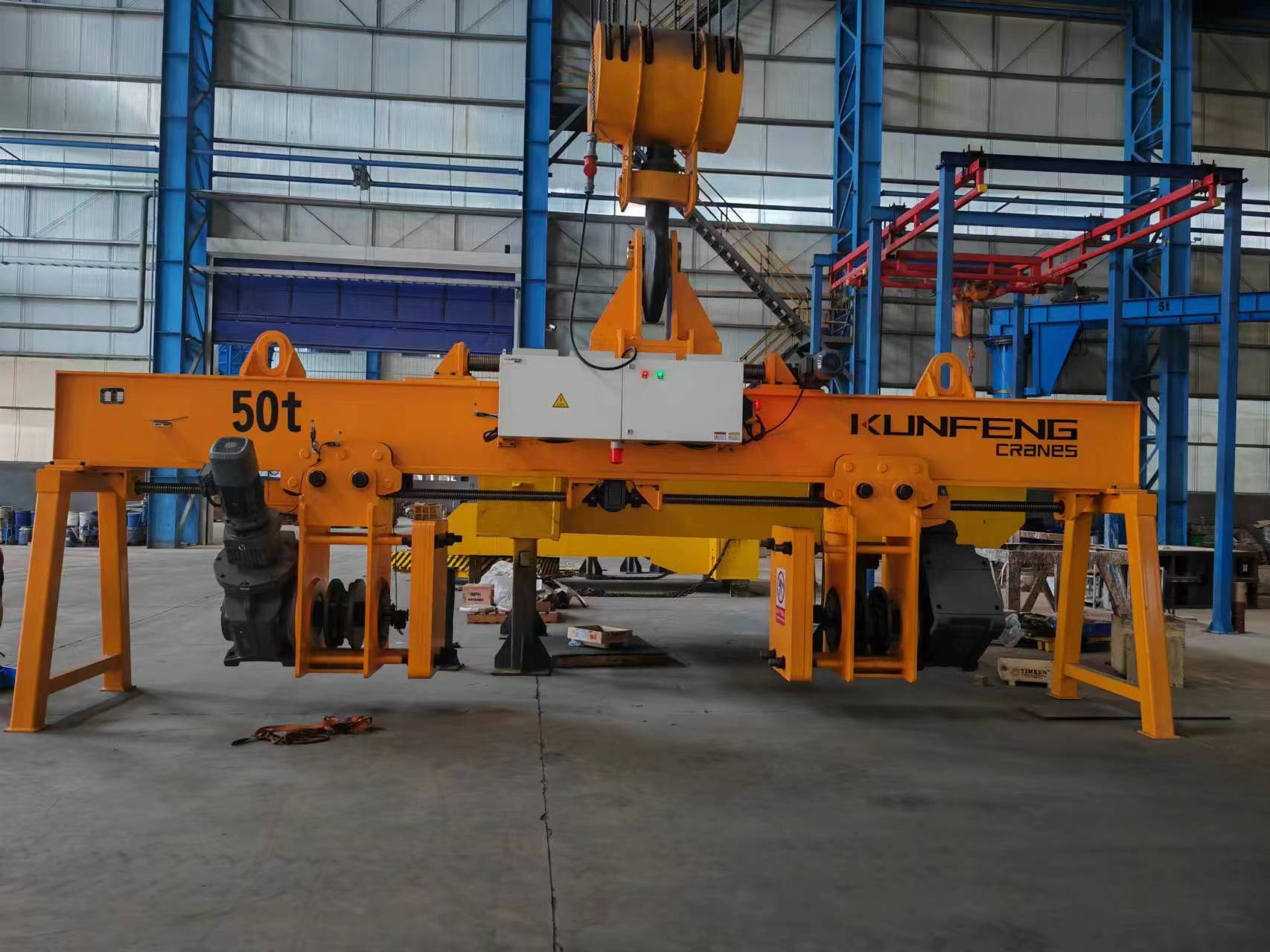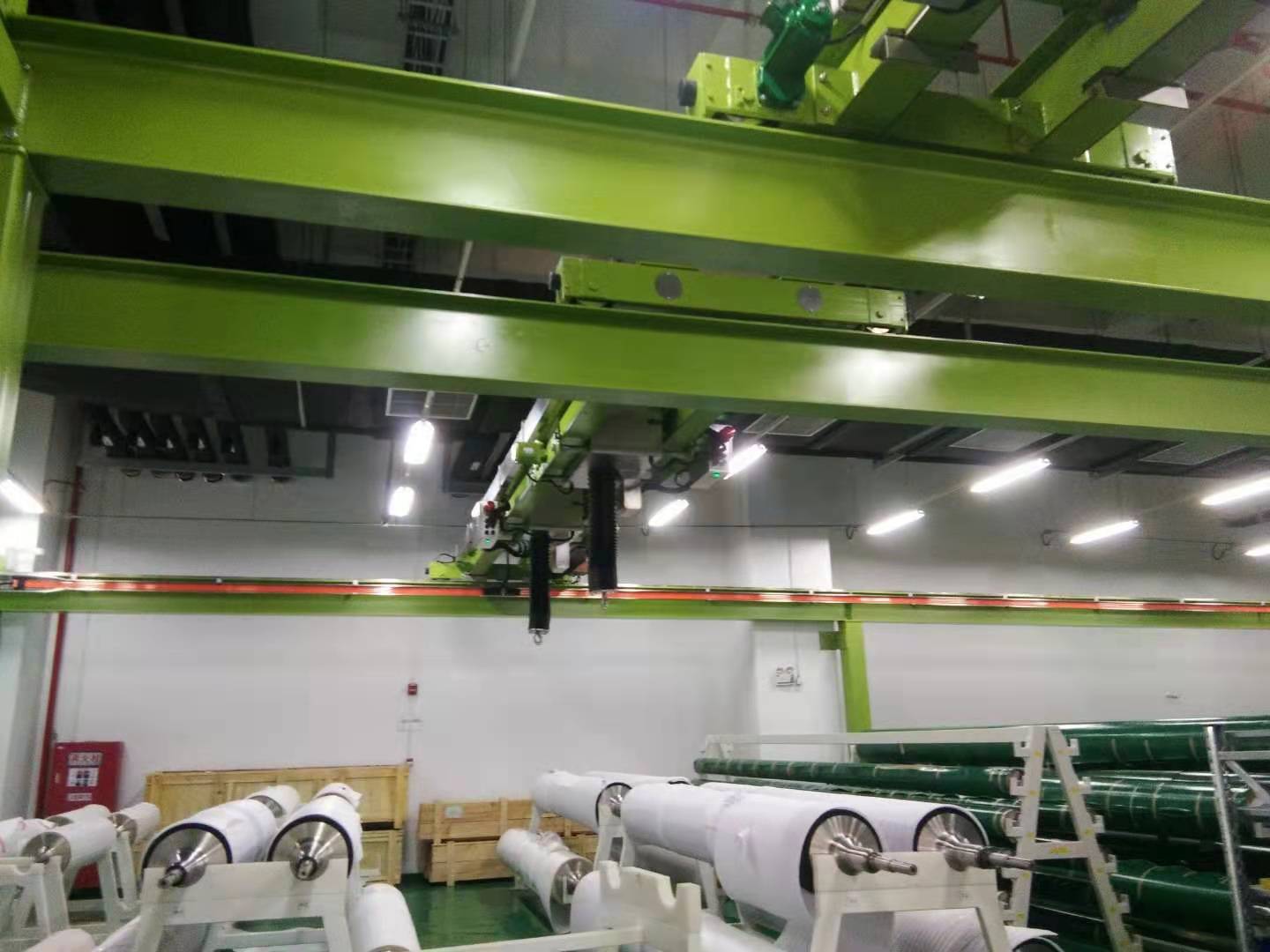
| Understanding Crane Runways and Crane Types
What is Crane Runways?
Crane Runways are available as free standing, ceiling mounted, or semi-free standing (using existing structure for half the support). Understanding what a crane runway is and what it does is critical to safe operation.
Crane runway is especially designed pathway that supports the movement of the crane along its intended path. It consists of parallel steel rails,vertical support columns, fasteners and connection, alignment and leveling device, and electrical conductor system for option.
Components of crane runways
• Steel Load-bearing plate assembly: Designed for either continuous or intermittently supported systems.
• Crane rail: All crane rails manufactured by KUNFENG are available in three strength grades.
• Rubber Nose Adjustable Clip: Designed to perform to the expectations of our domestic steel industry, ports and intermodal operators, and other industries. Designed to fit all commercially available crane rail profiles.
• Anchor Bolts: Multiple steel grades and sizes available for varying dynamic forces. Corrosion inhibitor coating as required.

As a key part of an overhead crane, a crane runway structure can be constructed in various forms, but the most common are:
What Types of Crane Runways?
• Ceiling mounted crane runways (Track Workstation Crane)
A ceiling-mounted crane, also known as an overhead ceiling crane or ceiling-suspended crane, is a type of crane that is installed on the ceiling of a building or structure. It is typically mounted on rails or tracks attached to the ceiling structure, allowing the crane to move along the length of the building. Ceiling-mounted cranes provide efficient use of space as they do not require floor space or obstruct ground-level operations. They are commonly used in industrial and manufacturing settings for lifting and moving materials within a specific area or workspace.
• Free standing Crane Runways (Top Running Bridge Crane, Workstation Crane)
A free-standing crane, also known as a freestanding overhead crane or self-supporting crane, is a type of overhead crane that does not require support from building columns or structures. A free standing overhead crane consists of columns and horizontal beams. It can be designed as a single or double girder version, top running or under hung overhead crane, offering versatility in terms of installation and can be easily relocated or expanded as needed.

• Semi-free standing crane runways (Rail-mounted Gantry Crane)
A semi-free standing crane is a self-supporting crane system that combines partial support from the building structure and its own framework. It is anchored to the floor for stability while utilizing the building structure for additional support. So the crane rail will be installed on the building and it do not require as much steel, making them more cost-effective than other designs.
• Under-hung crane runways (Underhung Overhead Crane)
Similar to the top running crane, an underhung crane runway utilizes a rail mounted under the runway as opposed to on top. This design allow the crane wider working range and is especially useful in spaces with limited headrooom. However, underhung crane runways tend to be more costly to build, and are typically only used whe na top mounted crane runway is not feasible.
The crane runway system you will be able to use depends on the bridge crane you decide on. Though most of our runways work with almost all of our bridges, there are a few that are more selective. Our crane runway systems are fully capable of expansion and include full services and replacement parts.


